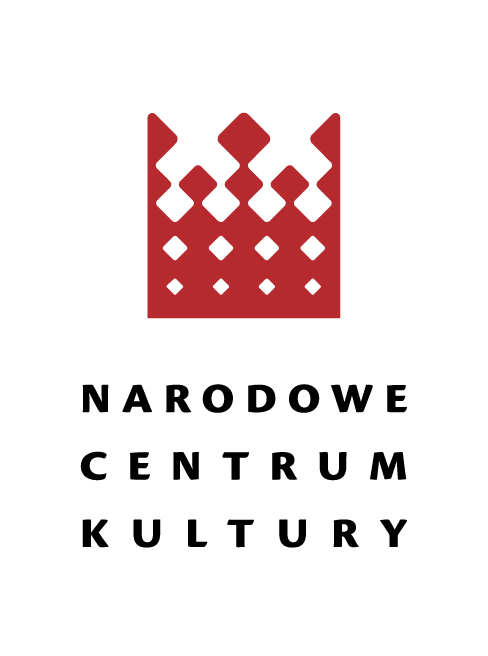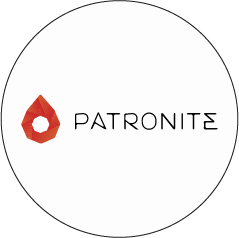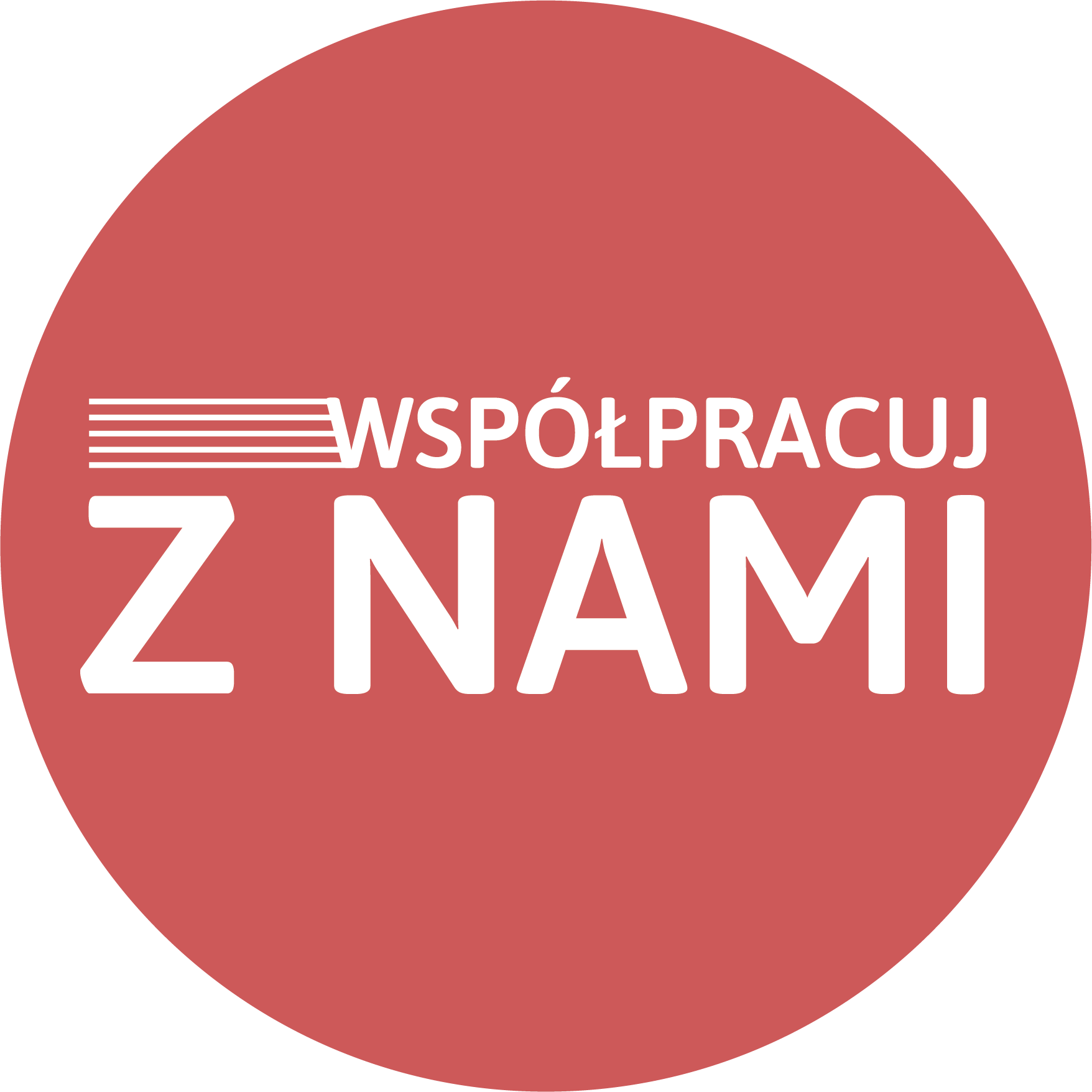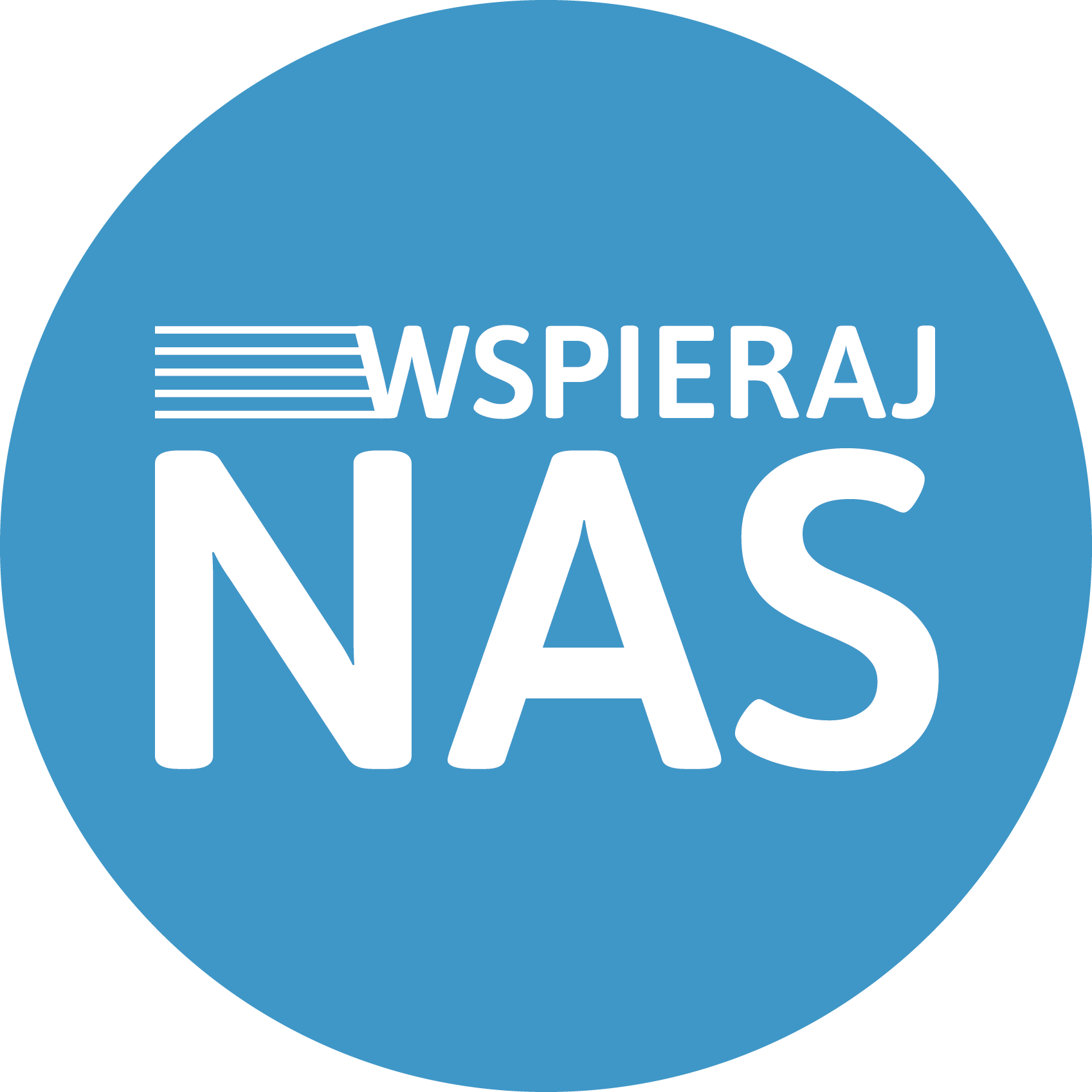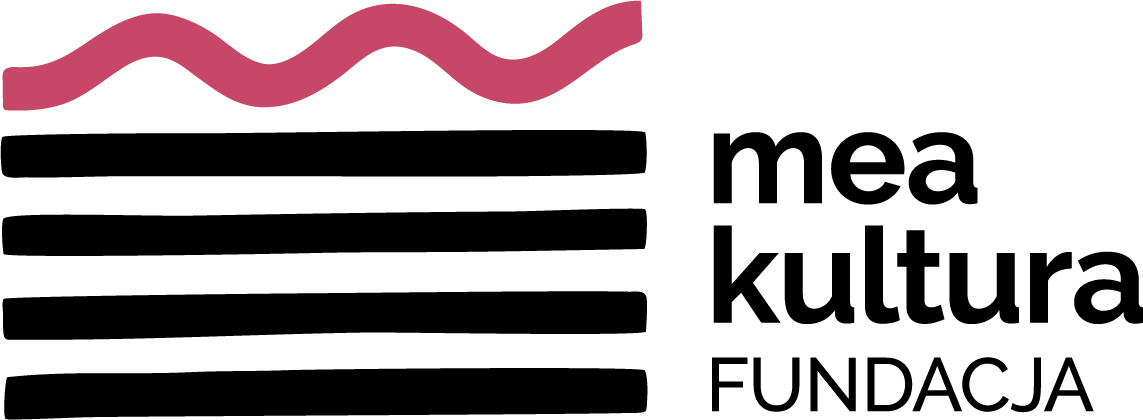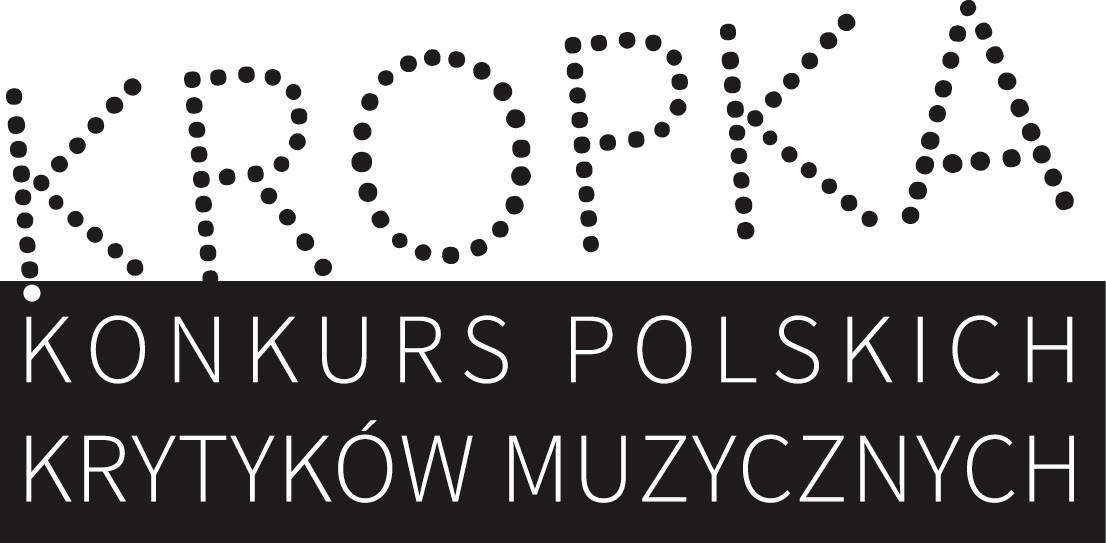The term 'interactive art’ cannot be described without mentioning Nam June Paik (1932-2006). Korean American artist is also considered as the pioneer of the video art. In the childhood Paik was trained to become a classical pianist, however due to historical circumstances, Paik moved to Hong Kong and then Japan where he met Arnold Schoenberg. After he finished his thesis on twelve-tone music (1956), he moved to West Germany to continue his studies in musicology PhD programme, although in the same year he switched to study composition in Freiburg Music Academy. Paik’s interests were focused on progressive music technique. He was practising and studying music at the same time.
At this point, Paik attended courses in Darmstadt where he got in touch with Karlheinz Stockhausen, John Cage and George Maciunas. Inspired by Cage, Paik began to use everyday sounds and noise in his compositions. Inspired by Stockhausen’s electronic music, Paik began to study about musique concrete and the pioneer – Pierre Schaeffer. Influenced by these, without no doubt, composers with different background, idea about music in general and techniques, Paik created a new type of music – interactive art.
In 1959, after seeing John Cage’s Music Walk (1958), Paik presented his new piece dedicated to Cage Hommage a John Cage, Music for Tapes and Piano. This piece has three movements and lasts 10 minutes. In the first movement, Paik blurred the boundaries between ugly and comic. This movement is described as Marcel Duchamp + Dostoyevsky = K. Schwitters, Variété = Variation.
The second movement was supposed to be as boring as possible; like Proust, Palestrina, Zen, Gregorian chant, Missa, Parisian café, life, sex and dog staring into the distance. In the last movement, most philosophical, quotes from Antonin Artaud (1896-1948) and Arthur Rimbaud (1896-1948) were played via loudspeakers. Some actions which were included in performance: playing piano, screaming, smashing glass, toys in motion, live chicken presentation. After this performance, Paik became famous for action music. However, tape was not enough for him.
Cage described Paik not as a composer but rather “an extraordinary performance artist”. That was just the beginning of Paik’s actions. A composer who wanted to stretch the boundaries of music and art, in addition, to remove the bourgeois mindset. To achieve that, Paik took aggressive actions which were not used in art before. Even the actions which were already kind of revolutionary as i.e. Compositions by La Monte Young. In Composition 1960 #10 (1960), in which the performer is suppose to “draw a straight line and follow it”, Paik indeed draws a line but in his own interpretation called Zen for Head (1961). He dipped his own head in ink and used it as a brush to drag slowly through piece of paper placed on the floor.
In Paik’s first exhibition at Galerie Parnass at Wuppertal in 1963, Paik presented Exposition of Music – Electronic Television, which became a career shift from a composer to performance artist, in addition to this, an artist who used television as an instrument.
My experimental TV is
not always interesting
but
not always uninteresting
like nature, which is beautiful,
not because it changes b e a u t i f u l l y,
but simply because it c h a n g e s
In this piece, made for four ‘prepared’ pianos, record tapes and installations, twelve modified TV sets and other mechanical object which were able to create sound, Paik introduced the media art in one, total event. Distorted or deformed TV programmes, could be changed or influenced by other acoustic impulses as i.e. voices of the audience captured via microphone. Other TV’s were controlled by i.e. tape recorder, another radio etc. The main goal was to have unstable and unpredictable, in some sense, outcome. However, this performance was not focused only on the room with TVs. All set was creating a Dadaistic atmosphere.
Nam June Paik, Exposition of Music – Electronic Television, poster
Courtesy Zentralarchiv des Internationalen Kunsthandels e.V. Zadik, Cologne
(source: accessed April 5, 2017, https://www.see-this-sound.at/works/88)
Paik’s pieces with use of media were becoming even more interactive, inviting the audience to become performers and artists.
An example of musical interactive art is Random Access (1963). In this piece, the audience is able to create own sound collages. Paik had prepared visual audiotapes on a white wall with which the audience should be interacting. The visitors are able to play with strings of graphical magnetic audiotapes and these actions are converted to sound collages in a real time. In essence, the visitors were could use the sound head detached from the tape recorder. By doing this, depending on the location and speed, they were changing the sound sequence and composing a piece by themselves.

By by Junho Jung at Flickr from South Korea – https://www.flickr.com/photos/phploveme/2486700178/, CC BY 3.0, https://commons.wikimedia.org/w/index.php?curid=7763044
Random Access is an interactive installation, presented for the first time at the Galerie Parnass in Wuppertal in 1963. It can be perceived as audio-visual installation. Pieces glued to the wall look-alike an abstract picture but the core of it is the “Do It Yourself” musical part. Visitors can run different audio head at unspecified tempo. Both parameters were determined by each visitor. In this way, each participant (visitor) created own, individual composition.
Paik’s main goal in Random Access was to disrupt the passive role of the recipient. Due to that fact, the freedom given to the participants is greater than in traditional performances. The recipient has the opportunity to become a creator by himself, as well, is fully aware of this fact.
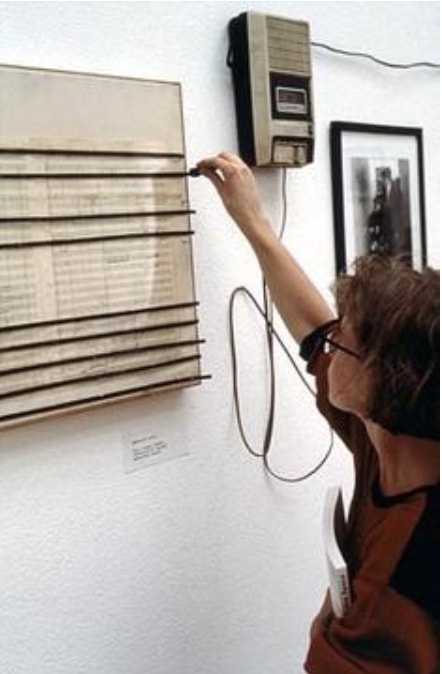
Nam June Paik, Random Access Music, Exposition of Music – Electronic Television, 1963 Random Access Music, 1957/1978, 47 x 63 x 4 cm, private collection, Remake of 1978, plexiglass box with audiotapes, in the box Paiks original score String Quartet, Freiburg /Br., 1957 Photo: Dieter Daniels
It might be challenging to link Paik’s musical background with interactive art at first glance but it is important to see the whole process from a-music experiments to interactive art in solo exhibition (Exposition of Music – Electronic Television).
The idea of a-music was based on Schoenberg’s atonality and Cage’s aesthetics. Paik extended the “a-musicality” by including non-musical elements in compositions. Of course he was not the first one to do so (Pierre Schaeffer, John Cage), however he moved a step forward. Instead of creating a performance or musical composition with use of ready made objects, Paik followed the idea of Gesamtkunstwerk coined by Richard Wagner. The outcome was more radical than Cage’s innovations.
In piece One for Violin (1961), Paik slowly lifted up a violin and then smashed it on the table. The audience is watching the performer to at the end, face the sound and view of broken violin. The pick of violin is not accidental. Paik was fighting with bourgues in art and violin is a remains as a perfect symbol of it high-status social class.
Next step, after the a-music period, was pre-interactive art. In piece Urmusik (1961), Paik allows the audience to play with childlike objects (i.e. a can, strings, crate), regardless their musical background and skills.
The last step is interactive art which was presented above.
Spis treści numeru Elektryfikacja :
Felietony:
Robert Gogol, Oskubany Kaczan (o duchowości w muzyce elektronicznej)
Monika Winnicka, Technika Foley
Wywiady
Wojtek Krzyżanowski, Motor napędowy [memy]. Wywiad z Ehh hahah
Wojtek Krzyżanowski, Post-punk, elektronika lat 80., internet – wywiad z zespołem Niemoc
Recenzje
Dobrochna Zalas, Rumuński Spektralizm, Rafał Zapała, Dawid Srokowski, Radosław Sirko, Wojtek Krzyżanowski, Elektronika PL – metarecenzja
Wojtek Krzyżanowski, Cyber-surrealizm
Publikacje
Edukatornia
Dobrochna Zalas, Czy opera może się jeszcze odegrać?
Sebastian Dembski, „Technologia nie jest zła ani dobra, nie jest też neutralna.”
Kosmopolita
Mikołaj Kierski, Lua Preta – afrykański ogień
Luiza Sadowska, Nam June Paik, interactive art
Rekomendacje
Hubert Karmiński, Toruńska scena muzyczna
Natalia Chylińska, W przestrzeni. Wokół muzyki elektronicznej
Dofinansowano ze środków Narodowego Centrum Kultury w ramach Programu Kultura – Interwencje 2018
